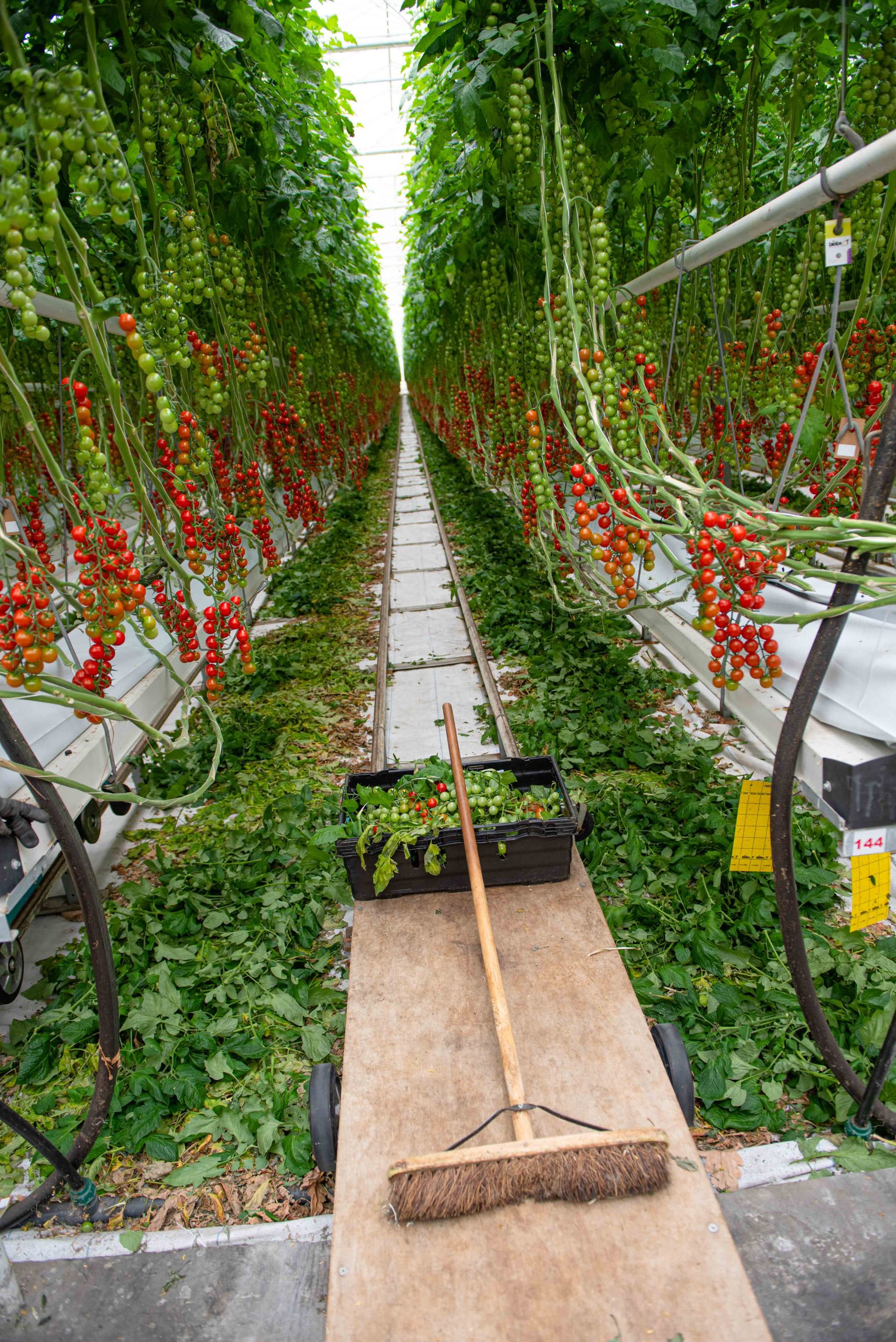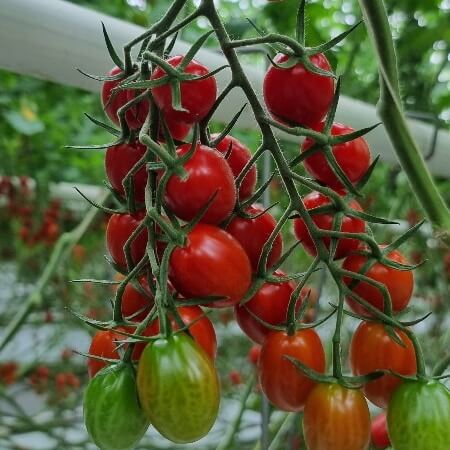As winter slowly gives way to spring, tomatoes follow their own rhythm, transitioning from the hardier imported varieties we rely on in the colder months to the fresh, homegrown options that define warmer weather. The change in seasons brings a shift in tomato availability, flavour, and ways to use them in our kitchens. Here are three things to know about tomatoes as they transition from winter to spring:
1. The Rise of Greenhouse-Grown Tomatoes
As winter fades, greenhouse-grown tomatoes become more abundant. These tomatoes are nurtured in controlled environments, where the temperature, humidity, and light are carefully managed. While they might not have the rich flavour of summer’s sun-kissed tomatoes, greenhouse-grown varieties such as vine-ripened and beefsteak tomatoes begin to show up in supermarkets around early spring.
These tomatoes often have a firmer texture and a mild, slightly tangy taste, making them perfect for dishes like fresh salads, sandwiches, or as toppings for pizzas. They are the bridge between the end of winter’s reliance on imported varieties and the fresh bounty of the spring harvest.
2. Early Spring Tomatoes in the Ground
While we may still be experiencing chilly temperatures in early spring, many farmers are starting to plant early-season varieties of tomatoes in greenhouses and polytunnels. These crops are protected from the cold and can begin to produce fruit in the more temperate conditions of late March to early April.
Early-season tomatoes, such as small cherry and plum varieties, are typically the first to ripen. They might not be as sweet as their summer counterparts, but their bright, tangy flavour adds a burst of freshness to dishes, like pasta salads, or even as a topping for toasted sourdough bread. As the days grow longer and sunnier, these tomatoes will gradually begin to develop that sweet, summery taste we all crave.
3. The Shift Toward Fresh, Seasonal Dishes
The transition from winter to spring also means the shift toward lighter, fresher dishes using seasonal ingredients. As early spring tomatoes become available, they begin to play a key role in meals that celebrate the changing seasons. Fresh tomato salads, vibrant salsas, and light pasta dishes are perfect for welcoming the arrival of spring.
This is also the time when tomatoes really shine in dishes like shakshuka (tomato and egg skillet), where their natural sweetness pairs beautifully with the richness of eggs and spices. As we move into spring, it’s the perfect moment to start incorporating more raw, uncooked tomato dishes that highlight their fresh, zesty flavour.
As we move toward the summer months, the best is yet to come!















